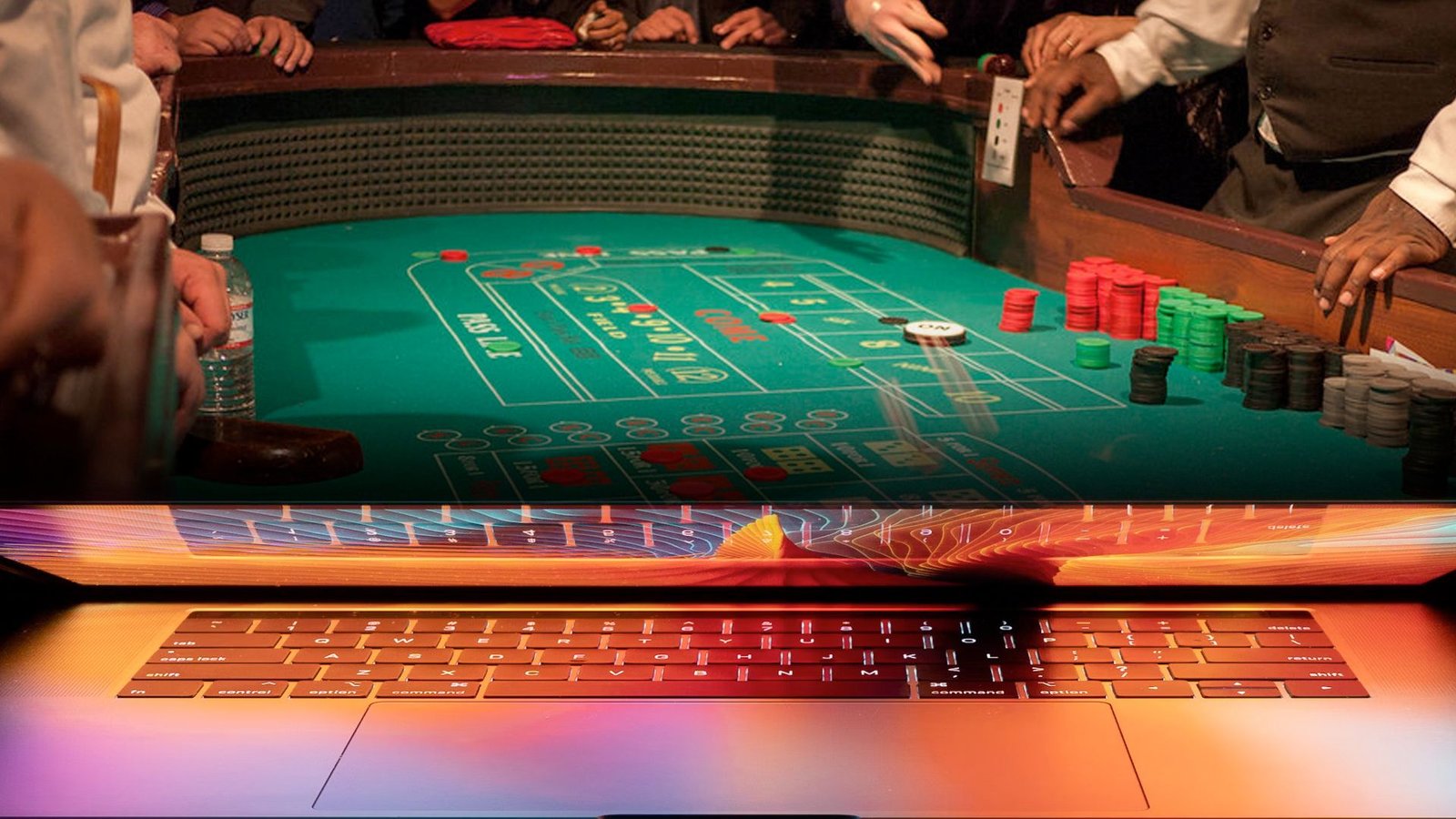Screenwriting is not just about crafting dialogue; it’s about telling a story through visual elements. In film and television, images are the primary medium of communication. Great screenwriters employ various techniques to enhance their visual storytelling, allowing audiences to engage with the narrative on multiple levels. Here’s a guide to some of the top screenwriting techniques for effective visual storytelling.
- Show, Don’t Tell
This age-old adage emphasizes the importance of visual representation over exposition. Instead of relying on dialogue to convey emotions or backstory, screenwriters should create scenes that display actions, expressions, and settings visually.
Example:
Instead of a character saying they are nervous, show them tapping their foot, avoiding eye contact, or biting their nails. The audience will easily pick up on these cues without needing explicit dialogue.
- Use Strong Imagery
Visual imagery can evoke emotions and set the tone for the narrative. By using detailed descriptions of settings, colors, and objects, screenwriters can paint a vivid picture in the reader’s mind and, ultimately, for the audience.
Techniques:
– Symbolism: Introduce recurring symbols that represent themes or character arcs (e.g., a wilting flower to represent a failing relationship).
– Metaphors: Use visual metaphors to convey deeper meanings (e.g., a caged bird representing a character’s feeling of entrapment).
- Create a Visual Arc
Just as stories have character arcs, they can also have visual arcs that evolve over time. This might involve changing color palettes, varying camera angles, or distinct visual motifs that reflect the protagonist’s journey.
Example:
A character who starts in a cluttered, dark environment might end up in a bright, open space, symbolizing their growth and liberation.
- Use Action to Drive the Narrative
In screenwriting, actions can be just as crucial as dialogue. Write scenes that focus on a character’s active participation and decisions, which reveal their motivations and conflicts through what they do rather than what they say.
Techniques:
– Active Participation: Show characters engaging in tasks—cooking, running, or building—which can serve as metaphors for their state of mind or progression in the narrative.
– Visual Conflict: Use physical confrontations or challenges to depict internal struggles, emphasizing how characters react in these moments.
- Employ Cinematic Techniques in Writing
While screenwriters may not control how a film is shot, incorporating cinematic techniques in your writing can enhance the storytelling. Consider the following aspects:
Techniques:
– Camera Angles: Indicate whether the scene presents a high angle, low angle, over-the-shoulder shot, etc., to inform the perspective.
– Transitions: Using visual transitions (e.g., cuts, fades) in your writing can help blend scenes seamlessly and enhance pacing.
- Create Tension Visually
Visual tension can elevate drama and engage audiences. Think about how framing, composition, and pacing can create suspense and anticipation.
Techniques:
– Composition: Use visual framing to emphasize tension (e.g., a character isolated in a wide shot to signify loneliness).
– Slow Reveal: Gradually disclose details through visual storytelling, building anticipation (e.g., a slow pan revealing a hidden danger).
- Leverage Silence and Sound
In film, silence can be as powerful as dialogue. Using pauses, ambient sound, or a lack of sound can serve to enhance emotional weight and focus the audience’s attention on visuals.
Example:
In a tense scene, letting a character’s breath or a ticking clock fill the silence can heighten anxiety without the need for verbal exposition.
- Incorporate Subtext
Subtext can often be expressed visually. Instead of having characters state their feelings or conflicts, allow their surroundings, relationships, and actions to convey what’s beneath the surface.
Techniques:
– Contrasting actions: Show a character laughing at a party while glancing at their phone—indicating internal conflict without explicit dialogue.
– Environmental storytelling: Use the setting to reflect the emotional state of your characters; for example, a disorganized room can signify chaos in a character’s life.
- Use Flashbacks and Nonlinear Storytelling
Flashbacks and nonlinear narratives can be powerful tools for visual storytelling. They allow you to explore a character’s backstory or foreshadow future events without needing lengthy exposition.
Techniques:
– Visual Markers: Use distinct visual styles (e.g., color grading) to differentiate flashbacks from present-day scenes.
– Montage: A series of images can evoke memories or emotions quickly, creating a strong impact without dialogue.
- Write for the Edit
Understanding the editing process can help you craft scenes that flow well together. Keep in mind how shots will be cut together and ensure transitions between scenes are visually coherent.
Techniques:
– Cliffhangers: End sequences on a high note to create rhythm in editing and maintain momentum.
– Visual Recaps: Tie scenes together with repeating motifs or visual echoes that reinforce the narrative threads.
Conclusion
Effective visual storytelling is a key aspect of screenwriting that goes beyond dialogue and character development. By employing these techniques, screenwriters can create powerful narratives that resonate with audiences on a visual and emotional level. Remember that each frame of a film tells a story, and mastering the art of visual storytelling will elevate your scripts, making them memorable and impactful.











